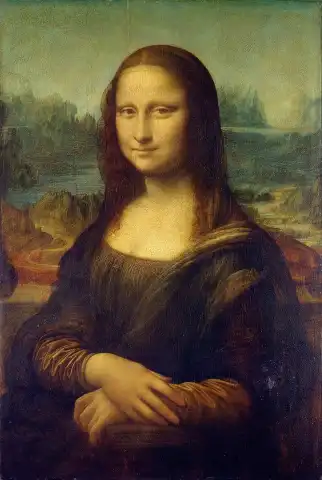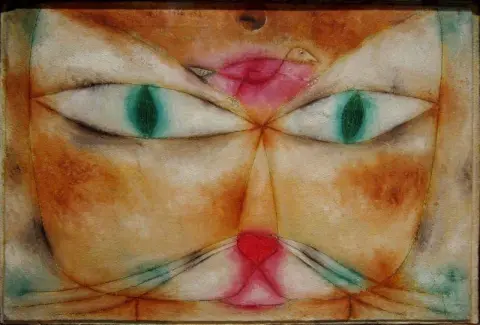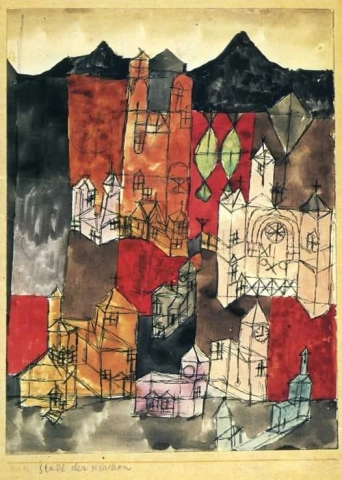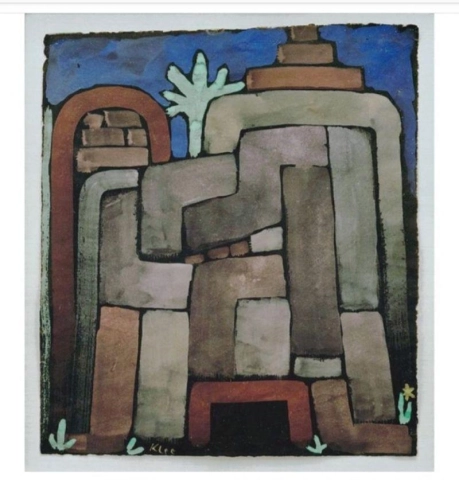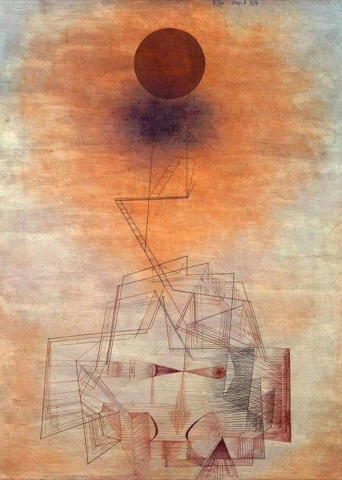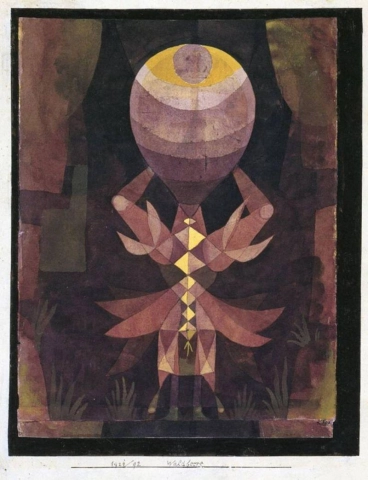
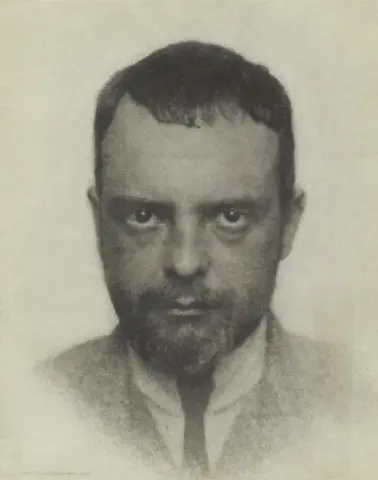
Hand painted reproductions of Paul Klee
Paul Klee: Visionary of Color and Abstract Art
Early Life and Artistic Evolution
Paul Klee was born on December 18, 1879, in Münchenbuchsee, Switzerland. Growing up in a musically inclined family, he was influenced early on by the arts, with music playing a particularly central role. Initially, Klee considered a musical career, but his passion for painting took precedence, leading him to study at the Academy of Fine Arts in Munich. His early works explored different styles, and his travels to Italy introduced him to Renaissance art, enhancing his appreciation for structure and form, which would later shape his unique approach.
Key Works and Signature Style
Klee’s works are celebrated for their dreamlike quality, intricate symbolism, and innovative use of color. His piece Senecio (1922), a stylized portrait of a face divided into blocks of color, is emblematic of his approach to abstract form and symbolism. Another iconic work, Ad Parnassum (1932), features a mosaic of vibrant color blocks, reflecting his fascination with color theory. Klee’s style defies easy categorization, blending elements of Expressionism, Cubism, and Surrealism to convey both playful and profound themes. His work is marked by an interplay of line, color, and symbol, each painting telling a unique story in his distinct visual language.
Technique and Artistic Innovations
Klee’s technical versatility was vast; he employed watercolor, oil, and ink, often combining these media in unconventional ways. His innovations in color theory, especially his studies of complementary and contrasting colors, left a lasting impact on modern art. His methods involved meticulous layering, pointillism, and grids, as seen in his Pointillist Composition series, which explored color's ability to evoke emotions and atmospheres. Klee’s experimental approach often gave his work a musical quality, where the interplay of colors and forms echoed the rhythmic and harmonic structures of music.
Legacy and Enduring Influence
Paul Klee’s influence extends across generations, inspiring artists and movements in abstract and surreal art. His teaching at the Bauhaus school from 1921 to 1931 helped shape the direction of modern art, as he shared his theories on color and abstraction with students, including notable artists like Wassily Kandinsky. Klee’s ability to combine whimsy with intellectual rigor continues to captivate audiences and influence contemporary artists exploring color and abstraction. His works remain pivotal in major art collections worldwide, celebrating his legacy as a visionary who bridged the boundaries of visual art and musicality.
Where to Buy Reproductions of Paul Klee’s Work
For admirers of Klee’s innovative style, museum-quality reproductions are available at POD. Our high-quality prints of Klee's masterpieces, such as Senecio and Ad Parnassum, capture his distinctive use of color and form, bringing his playful yet profound style into any space. Ideal for collectors and art enthusiasts, these reproductions allow one to appreciate Klee’s unique contributions to modern art firsthand.
Imagine owning an original-style painting by one of the greatest artists in history. At POD, we offer you the chance to make this dream a reality. Each canvas is faithfully reproduced down to the smallest detail, allowing you to experience the beauty of the artist’s vision in your own home.
Our reproductions are crafted by experienced painters using the finest materials and time-honored methods. We are committed to delivering works of exceptional quality that will inspire and bring joy to your family for generations to come.
